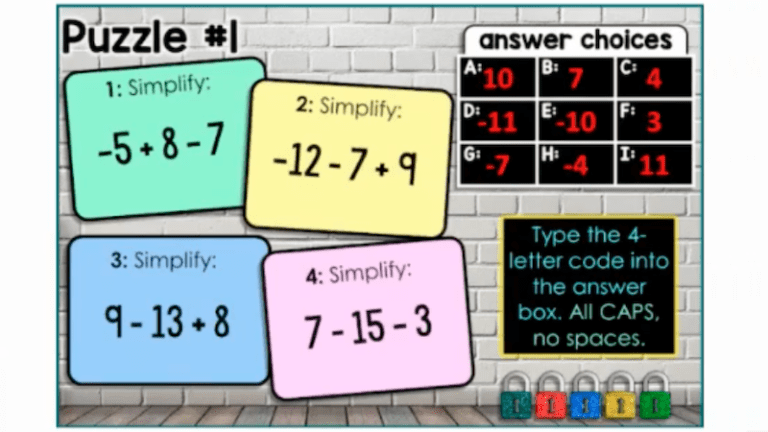Setting up a classroom escape room is a surefire way to increase student engagement. You can use this challenge to introduce a new topic or to review information students have already learned. It might seem a little overwhelming at first, but once you’ve established a process, you can use the same procedures and equipment and simply change out the puzzles and story for a new topic. Follow these steps to set up a classroom escape room of your own! (Or check out our digital escape room concept here!)
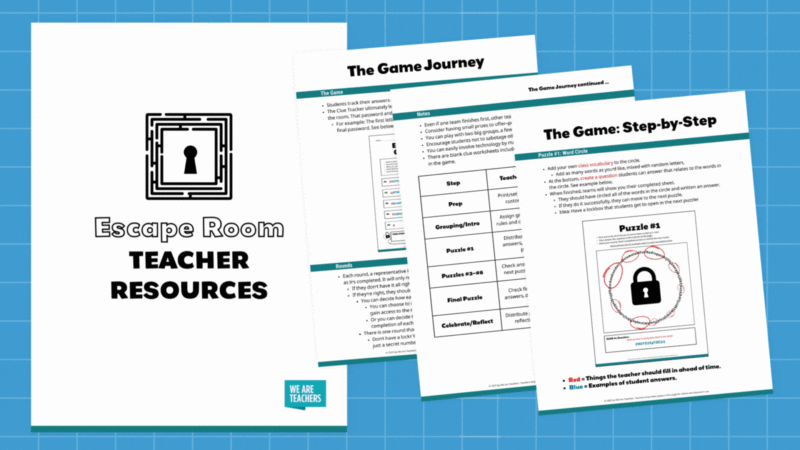
FEATURED PICK
Free Printable Classroom Escape Room Bundle
We have compiled an extensive bundle of teacher resources to create the perfect escape room right in your classroom. This editable Canva bundle includes step-by-step instructions to create your game, different puzzle templates for your students to solve, self-reflections to complete once the game is over, and everything else you need. Click the button below to get your free templates!
1. Choose your locks and boxes
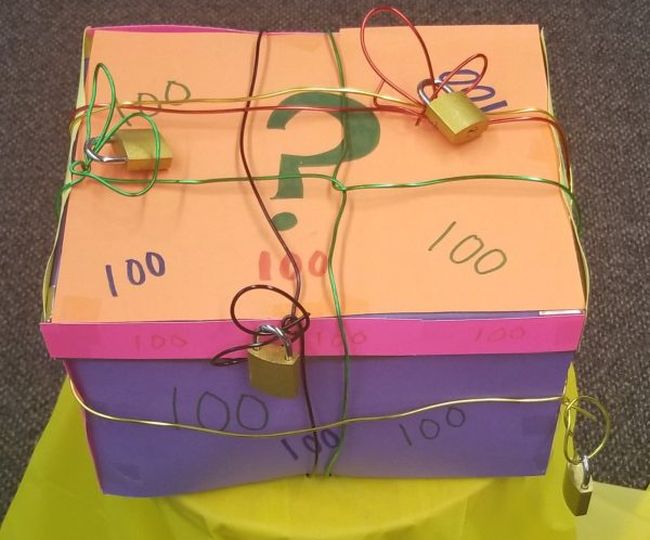
Most escape rooms use locked boxes to hide a series of clues. You can buy lockable boxes or build your own. Some teachers like to use lockable security bags instead, which are easier to store. Don’t want to deal with multiple boxes? Try adding a lockout hasp, which holds multiple locks that must be opened one at a time.
Lockable Boxes and Bags
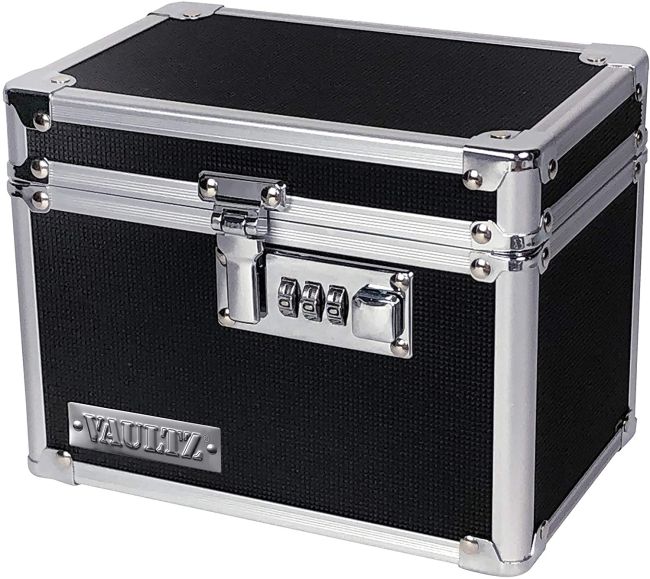
There are plenty of options available. All you really need is a way to lock the box or bag. (If you’re choosing boxes with combination locks built in, make sure you’re able to change the combination for each new experience.) Check out:
- Vaultz Locking Medicine Box With Combination Lock
- Sheffield Field Box
- Lunasmile Lockable Bank Deposit Bag
Locks and Locking Mechanisms
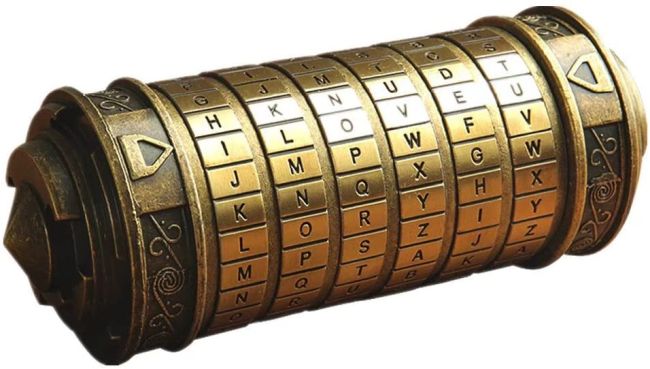
Locks come in a variety of styles these days, and unique options will make the experience more fun for kids. They don’t have to be fancy, although investing in something cool like a codex will really get your students’ attention. Be sure to try out your locks in advance to make sure they’re easy enough for students to use. These are some of our favorites:
- Da Vinci Code Mini Cryptex
- Wordlock Combination Padlock
- Master Lock Directional Combination Padlock
- Jailer Lock With Keys
2. Set the purpose and create a story
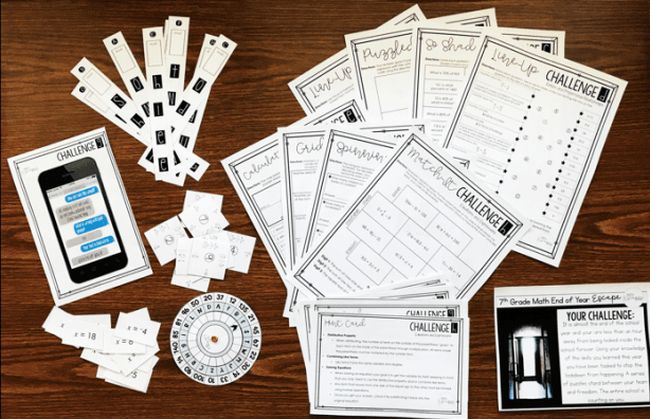
What is it you want kids to accomplish with your classroom escape room experience? You can use it to introduce a new topic or review subjects you’ve already explored. Every clue, puzzle, and action in the experience should tie into your topic. Figure out the information you want students to know and use. Then it’s time to get creative!
Escape room stories draw participants in by connecting your puzzles and clues to a true adventure. Start each escape room challenge with a story that features a problem that needs to be solved. Don’t tell too much at once. Let the story unfold as students find clues.
3. Create your puzzles and clues
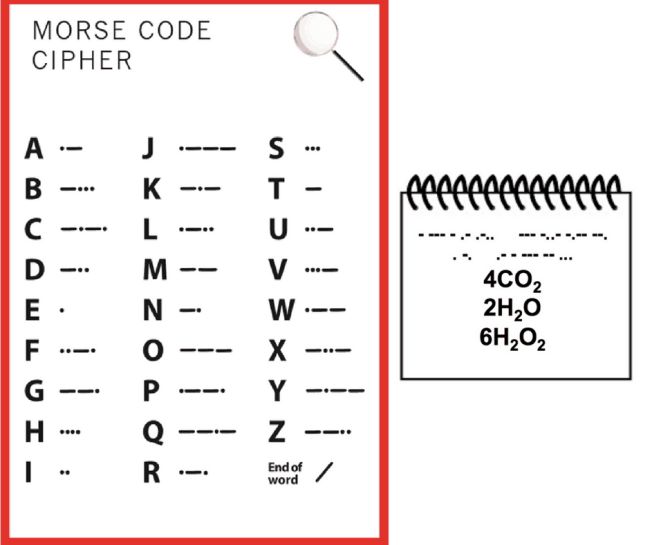
This is truly the fun part! The great thing about classroom escape rooms is that the puzzles the students need to solve in order to “escape” don’t have to be overly complicated. Give students a passage for close reading with questions to answer. Highlighted letters from those answers could be the solution to the first clue. Try math problems for number combination locks, or have students solve a riddle or make an inference. Here’s an example:
- Clue: Ben Franklin woke up on his 12th birthday to a fierce thunderstorm, Lightning crackled outside his window.
- Solution: Combination lock number 1-17-18, the date of Franklin’s 12th birthday.
It’s often good to make the first task or puzzle fairly simple. This builds confidence and makes the students more eager to continue. Too many challenging tasks can leave less-confident students ready to quit. The key is a balance between easy, moderate, and challenging tasks.
Classroom Escape Room Puzzle Ideas
Need some help coming up with ideas? Check out these resources:
- Escape Room Puzzle Ideas for the Science Classroom
- 26 Outrageously Fun and Easy DIY Escape Room Puzzles
- 63 Handpicked DIY Escape Room Puzzle Ideas That Spark Joy & Mystery
Escape Room Puzzle and Clue Tools
Make puzzles more exciting with invisible ink and other clever tricks (all available at Amazon):
- DirectGlow Invisible UV Black Light Ink Markers
- UV Black Light Flashlights
- Inovart Puzzle-It Blank Puzzle
- Mexican Army Cipher Wheel
- Soda Can Diversion Safe
4. Organize, prepare, and rehearse
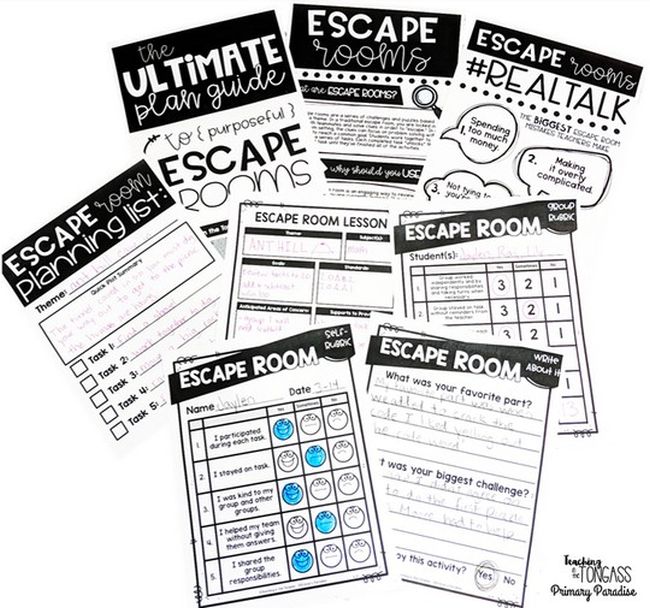
Now that you’ve created your story and puzzles, it’s time to put it all together. This can seem a little overwhelming, so take advantage of this free printable escape room planner.
Mentally role-play your entire activity as you plan. Pretend you’re a student. What do you want them to do from the moment they enter the room until the moment they’ve “escaped” or “won”? Is anything too easy? Unclear? Make sure the tasks are challenging but not overly frustrating. Then, build out each step by making sure that it makes sense logically to arrive at the correct answer.
Decide how your students will tackle the tasks. Will they work as one large group? That can be difficult in very large classes. Many teachers break their classes into groups and set up the tasks as stations. Students can move in groups from one to the next. In order for this to work, it’s best if the tasks/stations can be solved in any order.
Finally, set up your escape room and get ready for the fun! If possible, recruit some fellow teachers or a group of friends to try out the escape room first. This gives you a chance to fix any errors and make adjustments as needed.
5. Create buzz!
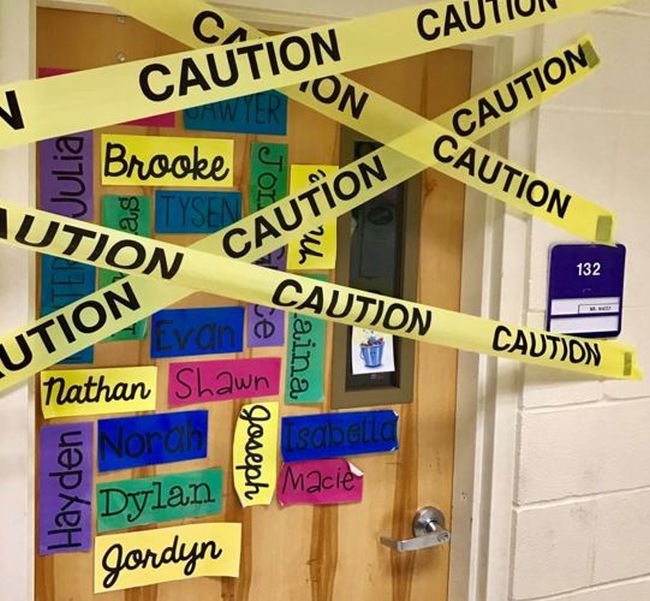
You’ve put a lot of work into setting up your classroom escape room, so take some time to get students excited for the experience!
- Make signs that say “The escape room is coming. Are you ready?” and hang them around the room. Or make cryptic signs with vague hints about the escape room to pique their interest.
- Put the box with the lock on it in a prominent location in the room and refuse to answer any questions about it, telling students that they’ll find out soon enough.
- Create a video introduction for students to watch when they enter the room, or email them a mysterious letter that ties into your story.
- In the days leading up to the game, let students earn “spy bucks” for good behavior in class. They can use these for hints to escape the escape room.
- The day of the escape, dress in costume and play music that coordinates with your story. The more immersive the experience, the better!
6. Escape!
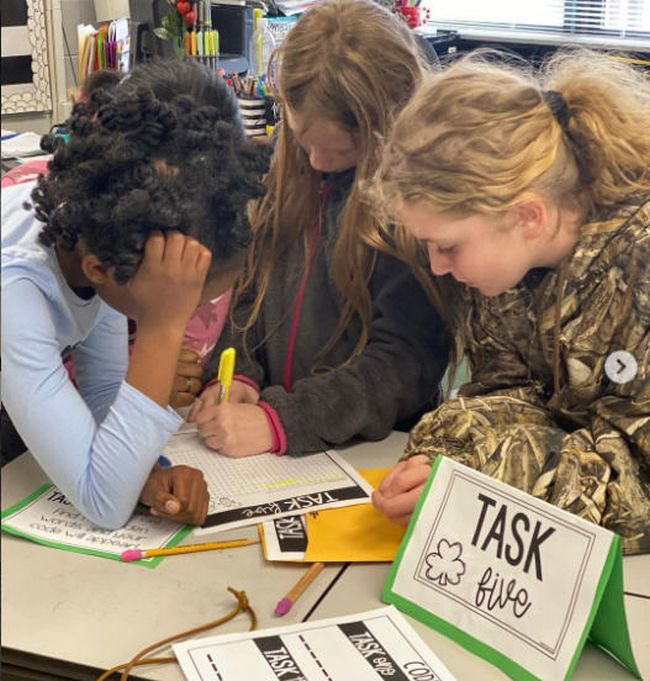
The day has arrived! Take a deep breath because you’re in for a fast-paced, super-fun day. Your students are going to love this, and you’re going to love seeing them excited about learning, working collaboratively, and persevering through challenges.
Set your rules in advance. Remind groups to work together quietly so they don’t give the answers away to other groups. Consider making them accountable for solving the puzzles by showing their work or explaining their thinking to you before they can advance.
One important thing to remember is that they will be confused and might want to give up. They might argue with one another (and with you!). This is part of the process. It’s messy and not totally clear, but neither is true learning and following up on things you are curious about. Let them push through.
That said, it’s OK to be prepared with a few hints. In the planning stage, you’ve probably identified the trickiest parts. Think about what hints you can give to keep the game moving along if needed.
You’ll also need to manage groups from station to station. If one group seems stuck at a task or puzzle and is holding up the rest of the class, consider offering them one of those carefully prepared hints. Plan some enrichment activities each group can work on while they wait for the next station too.
7. Celebrate and reflect
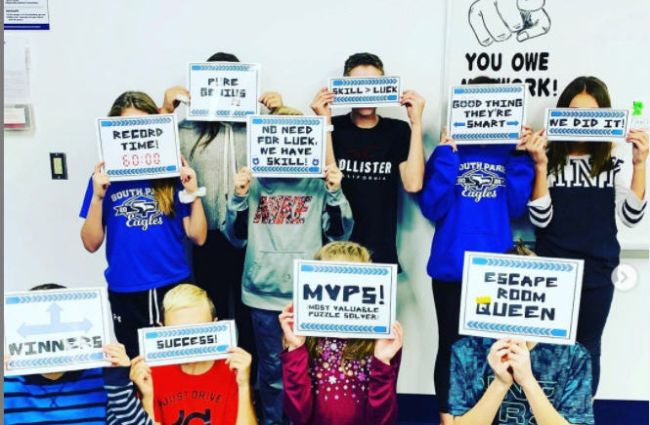
Be sure to celebrate your students’ success! A tangible prize, like stickers or a snack, can be fun. You might also recognize individual or group achievements, like leadership, patience, or puzzle-solving skills.
Then, take time to reflect on the experience while it’s fresh in everyone’s minds. What did kids learn or review? What did they feel they did well? How did this experience enhance their learning? Not only can this be part of the grade for the activity, it will also give you valuable information for your own reflection.
As you reflect, consider both what went well and what didn’t work. Taking time for this integral step in the planning process will make your future escape rooms that much better. Now that you’ve got the tools and process in place, you can switch out the story and puzzles and do it all over again!
Get your free escape room bundle!
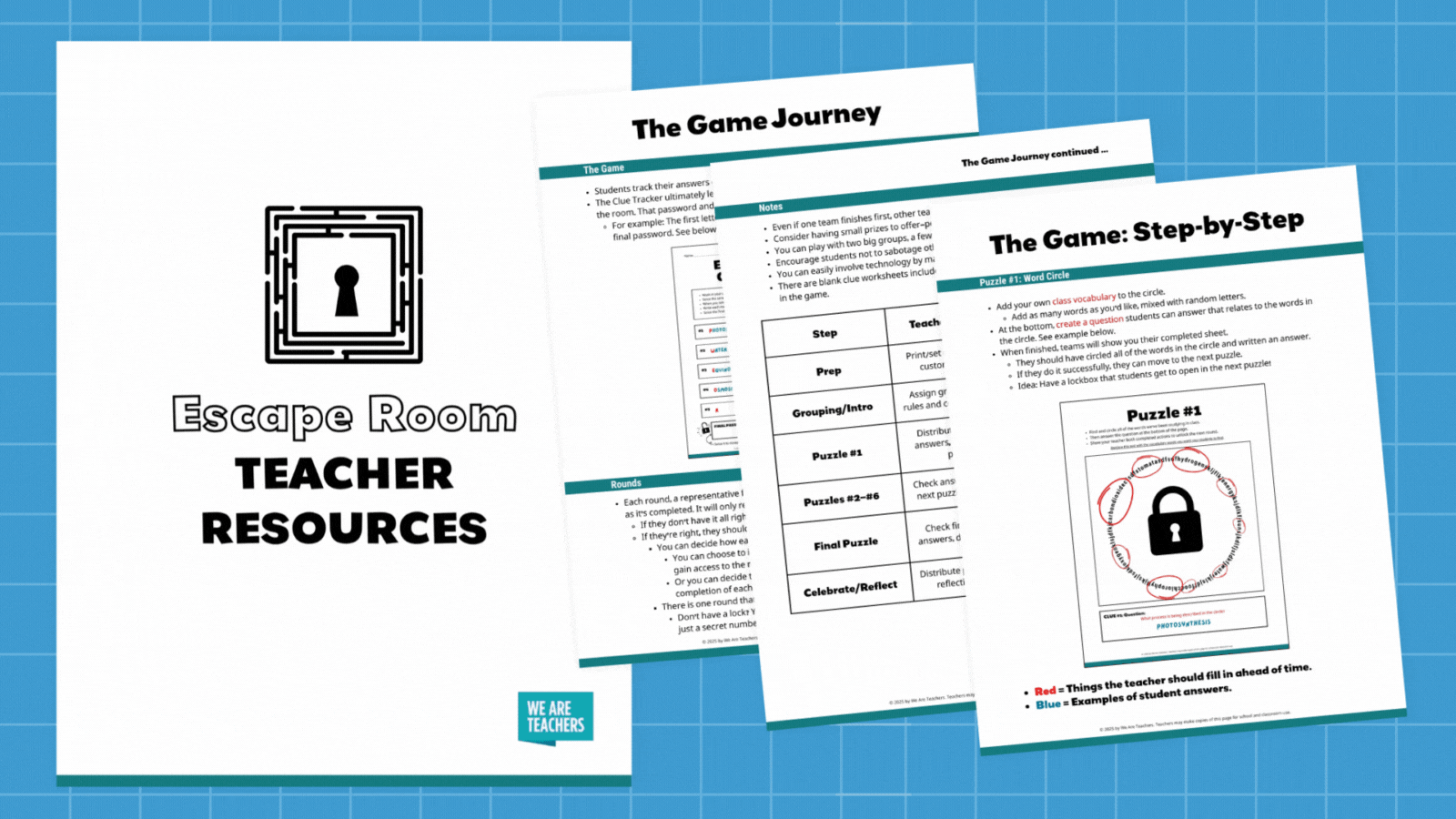
We have compiled an extensive bundle of teacher resources to create the perfect escape room right in your classroom. This editable Canva bundle includes step-by-step instructions to create your game, different puzzle templates for your students to solve, self-reflections to complete once the game is over, and everything else you need. Click the button below to get your free templates.
Have you run a classroom escape room before? How did it go? Come share in our We Are Teachers HELPLINE group on Facebook.
Plus, check out the best team-building games and activities for the classroom.

